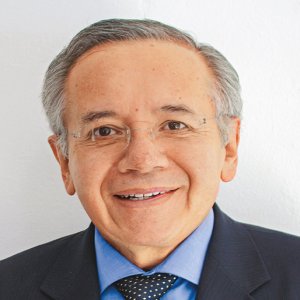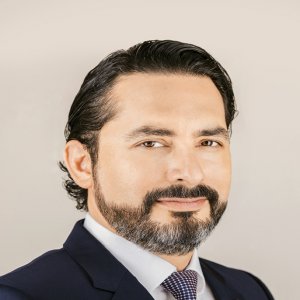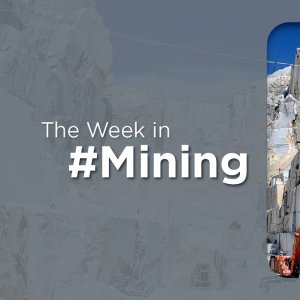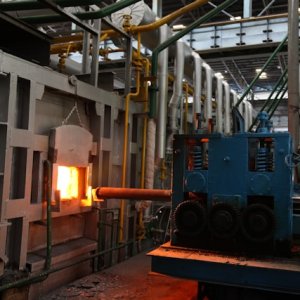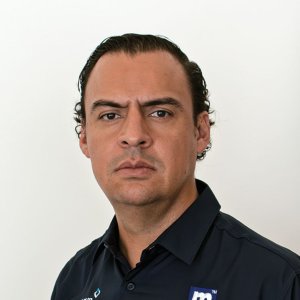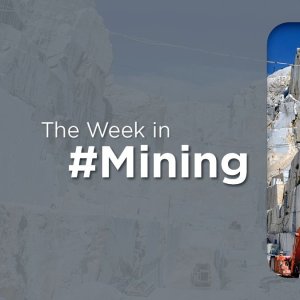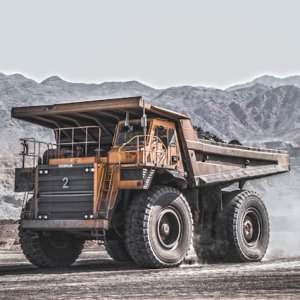Cooperation, a Tool for the Future

STORY INLINE POST
Q: What is your assessment of the level of cooperation between explorers and operators when it comes to realizing Mexico’s mineral potential?
A: Regarding cooperation, major players like Fresnillo usually have very few joint ventures outside of their own groups. I think that more cooperation between different companies could be beneficial. As for how this relationship works, there are four levels or types of mining companies. First, generators of projects and prospectors; they establish a project but they do not really explore it much because they do not have the money. Second, added value explorers like Orex Minerals that undertake diamond drilling, explore and map projects. Third, small to midtier mining producers, which are not big-scale producers but have an important role in the industry and increasingly will be takeover targets by the major producers in the future. Fourth, are the big producers such as Fresnillo, Pan American Silver, Coeur Mining and First Majestic that operate major projects. Closer communication between these four levels could lead to faster advancement of projects.
Q: Where are the best opportunities for further silver discoveries in Mexico?
A: Mexico is the No. 1 silver producer in the world and I believe there will be more discoveries, particularly in the Mesa Central part of the country. The understanding of how mineral structures work in this region is what allows us to make blind discoveries. I think this is how future discoveries are going to be made. Also, older mining camps will turn out to have new discoveries. One example is the Juanicipio project, discovered by MAG Silver, which will be taken to production in a JV with Fresnillo and is expected to be the biggest silver mine in the world. So, a 400-year old mining camp can still surprise us.
Q: What will be the main advantages and disadvantages of introducing AI to mine operations?
A: AI is another tool the industry can use in interpretive processes. Nevertheless, this technology is only as good as the data it interprets. For example, a geophysical survey requires multiple layers of geophysics to read the physical properties beneath the surface, but there are always anomalies. Interpretation is a key component in this and human intuition is a big part of that interpretation. I do not think that AI will replace geologists in the medium term, but this technology might replace routine tasks like core scanning. Artificial intelligence has its place but it is part of the cycle of technological advancement.
When AI is completely deployed, it will represent an advantage for some segments of the mining industry. This is more likely on the mining side, not necessarily the exploration side, in terms of automating some of the underground work. With AI, you can get real-time feedback and know when the deposit is depleted because there is a formula that is going to process the real-time data. But there is still a role for the operator. I think it also will make the industry safer by reducing the number of lives lost in underground operations.
Q: What is an example of data interpretation in Mexico and how do you engage the local community at this early stage of a project?
A: Orex is working with Geotech Limited, a geophysical company about to deploy a helicopter near our San Luis del Cordero project located in a small ranching town in Durango. Cordero is a skarn deposit similar to the San Martín project in Zacatecas. Interpretation of geological and geophysical data is happening there. They are about to fly a combined geophysical survey that will do electromagnetic, magnetic field and radiometric surveys at the same time. That is an example of us looking at a target where there is known mineralization but little outcrop. This zone has not been studied with a modern approach because previous operators did not have the opportunity.
Regarding community relations, the key to success when developing a project is to keep the community informed. We need to be transparent and provide inhabitants with advance notice of any impending activity so they know what to expect.





